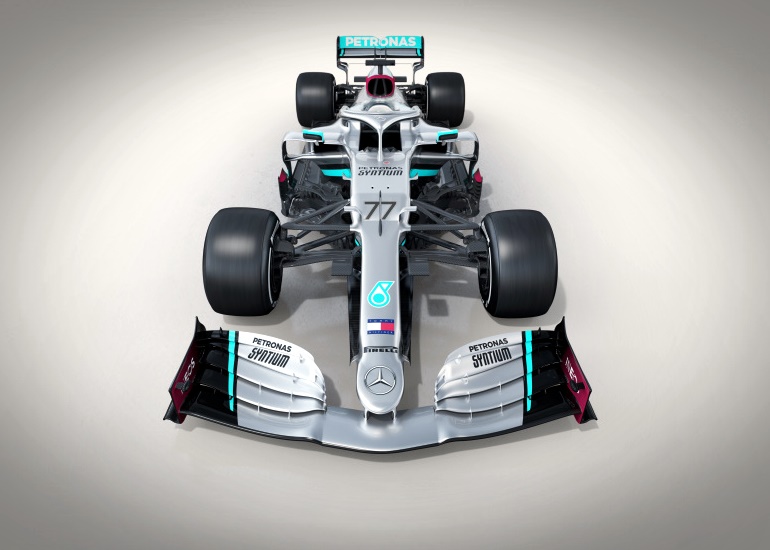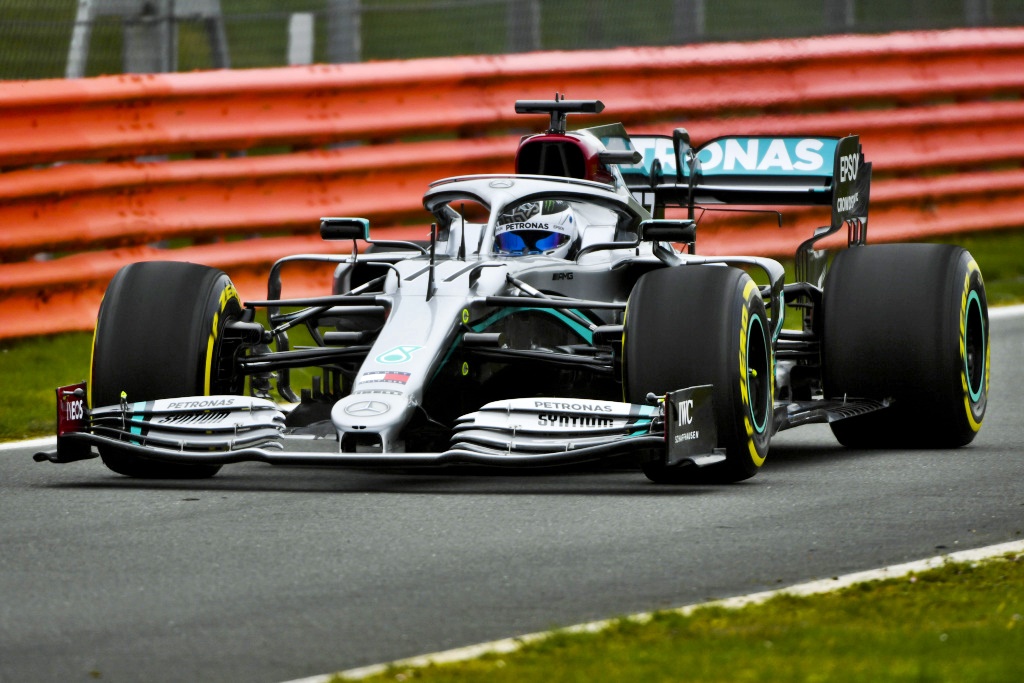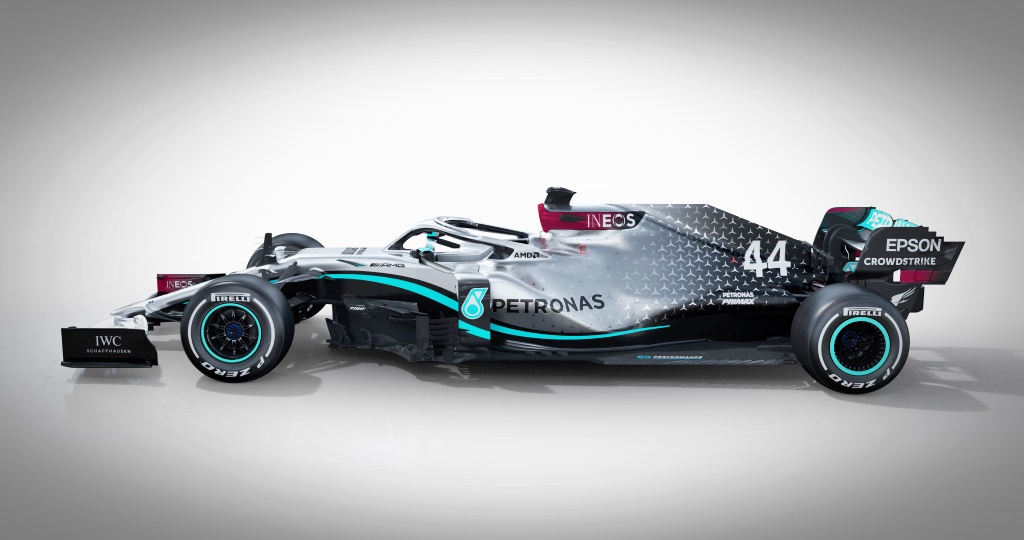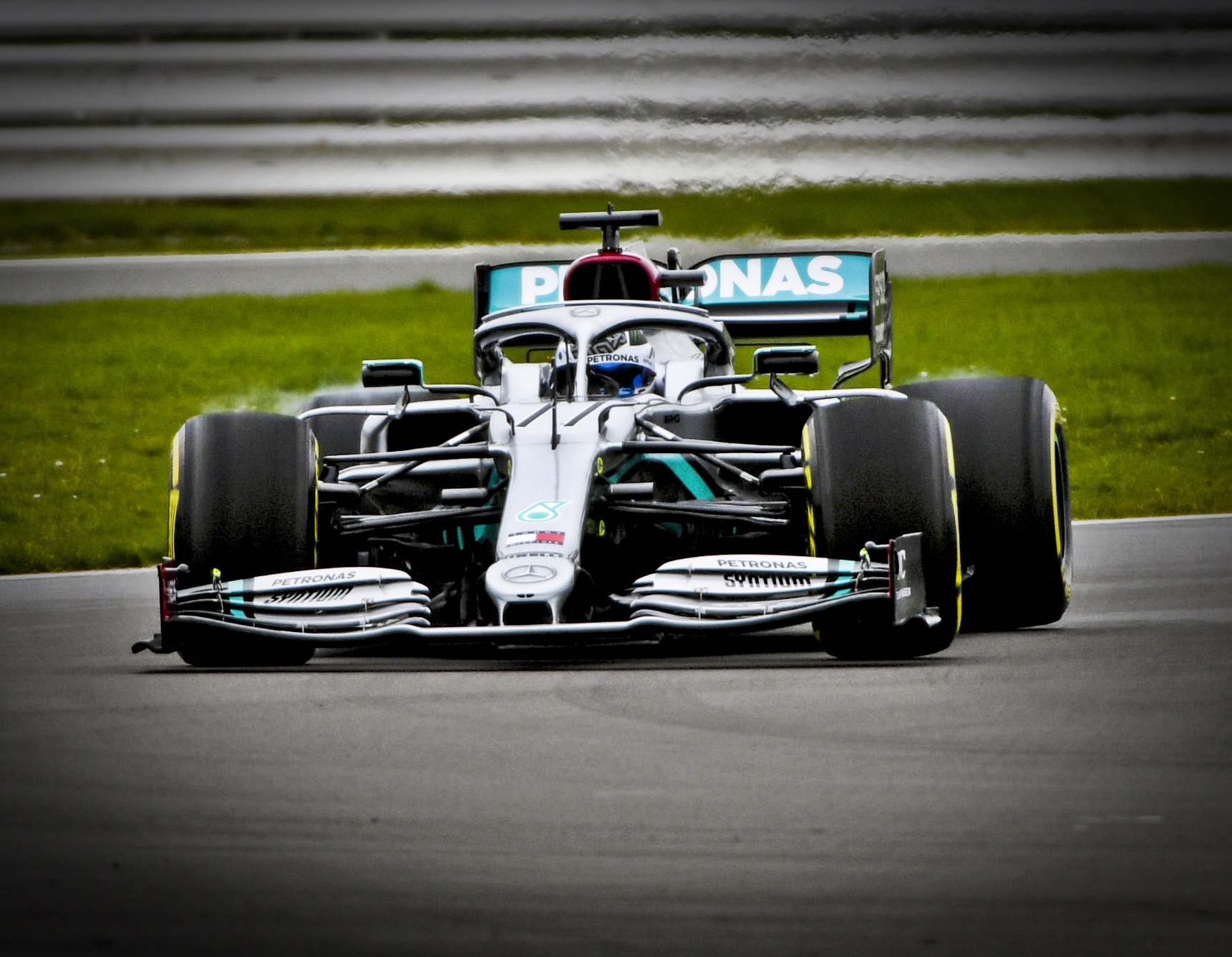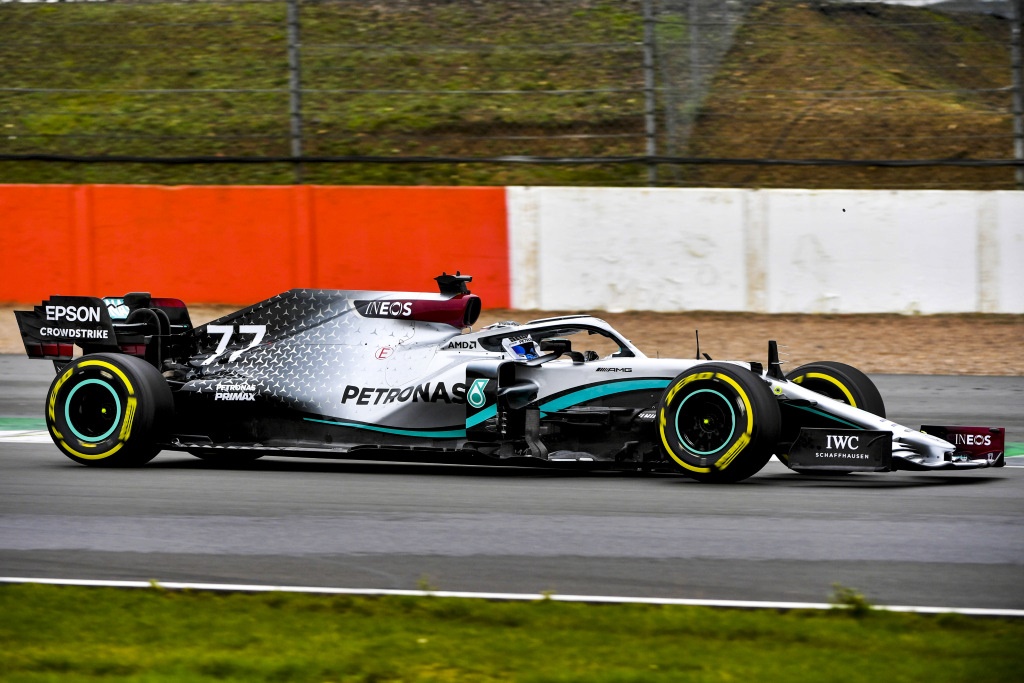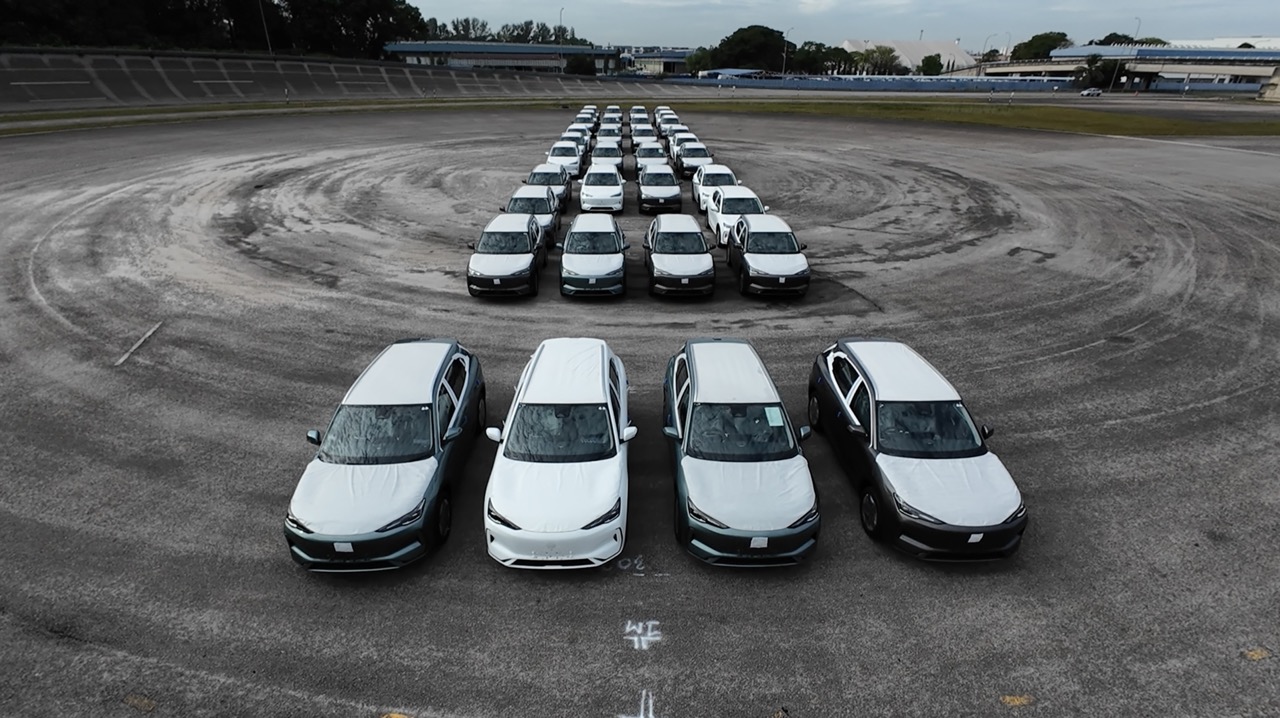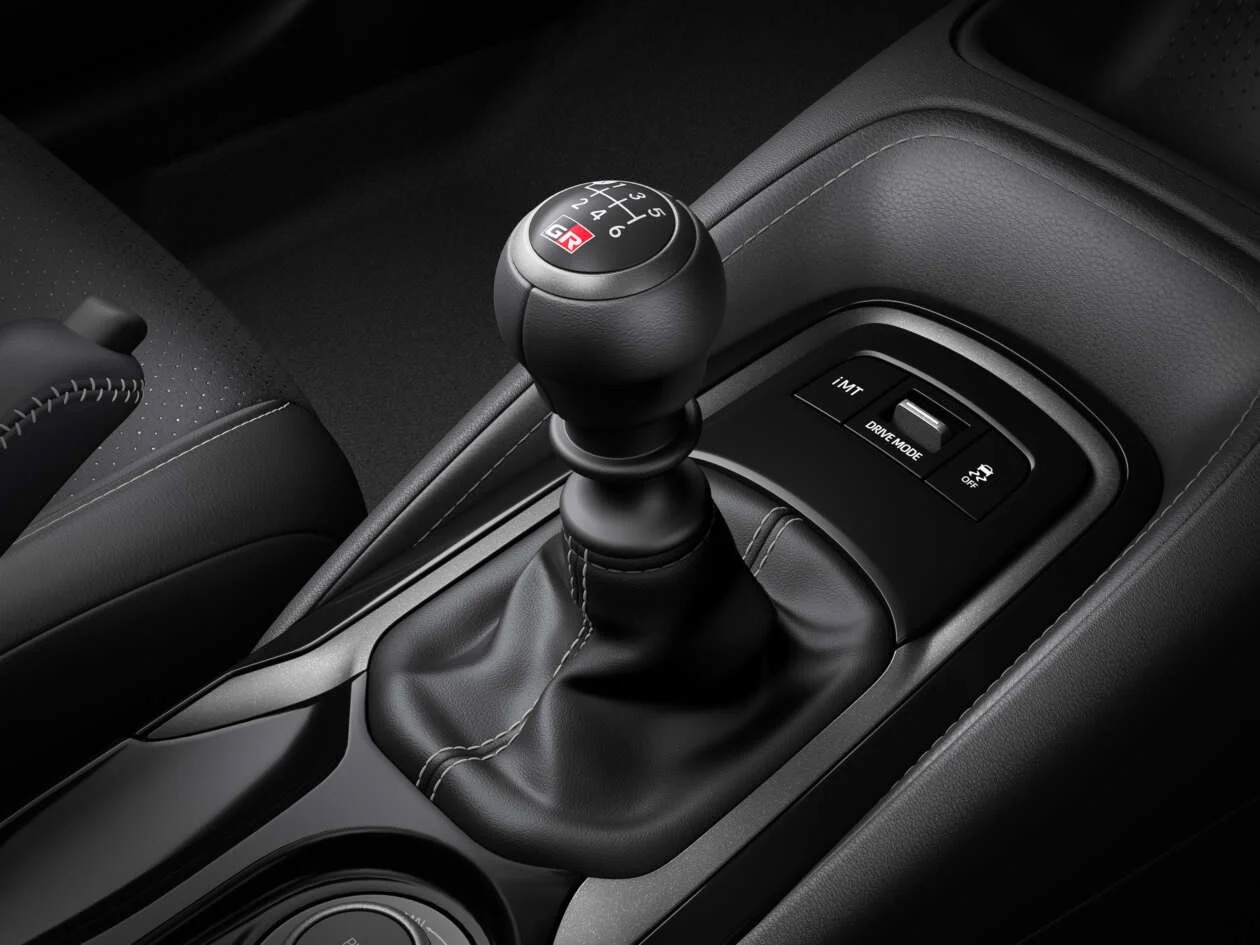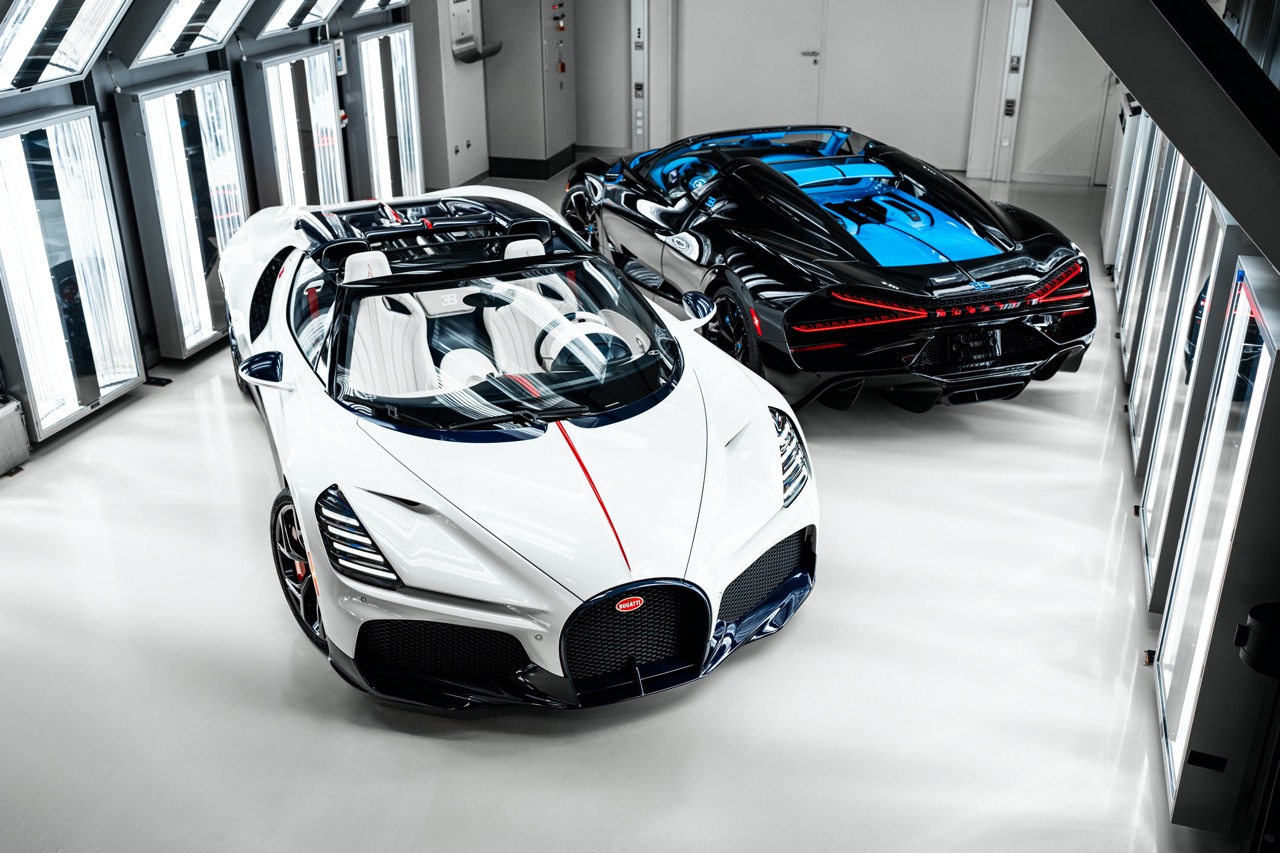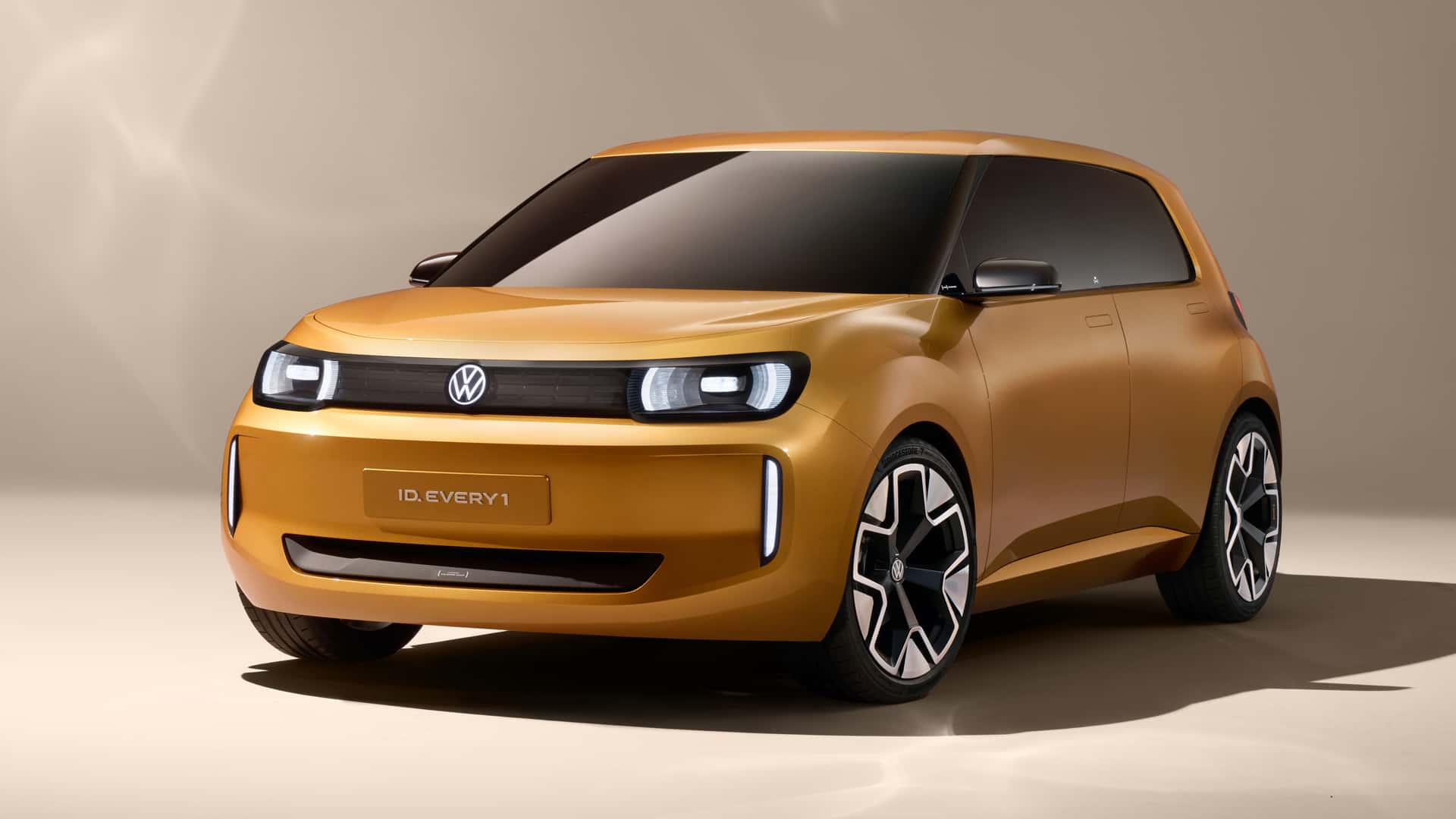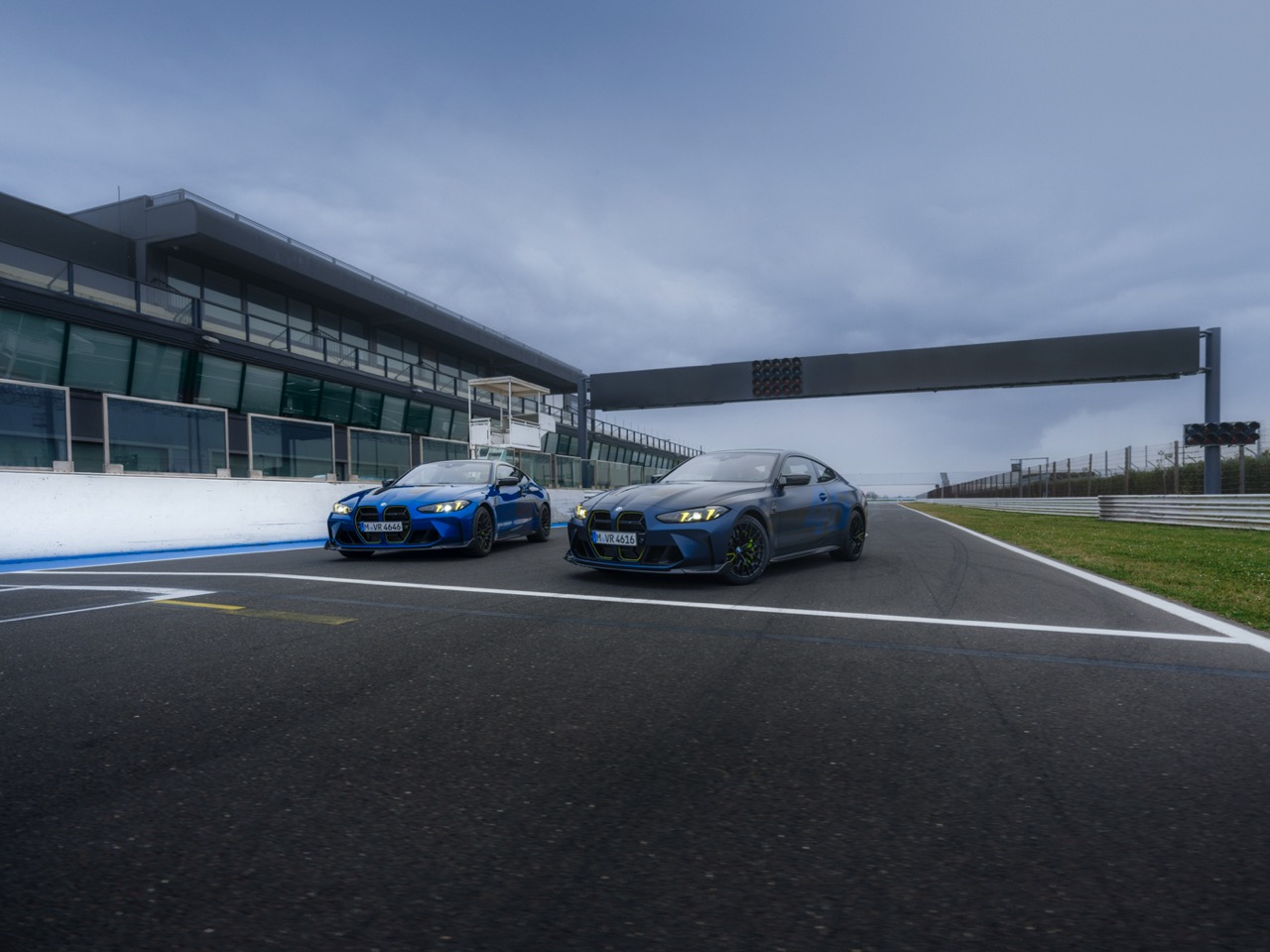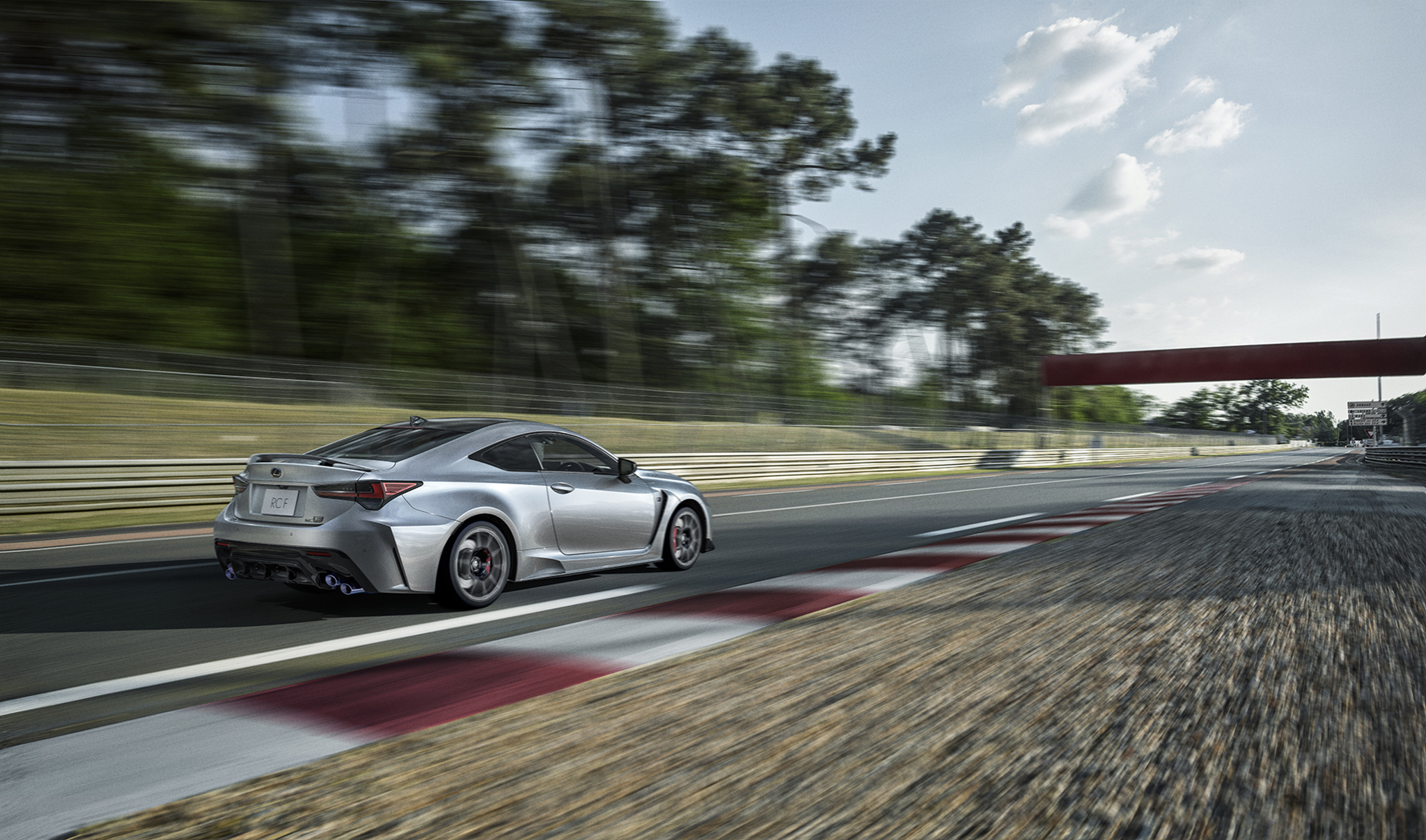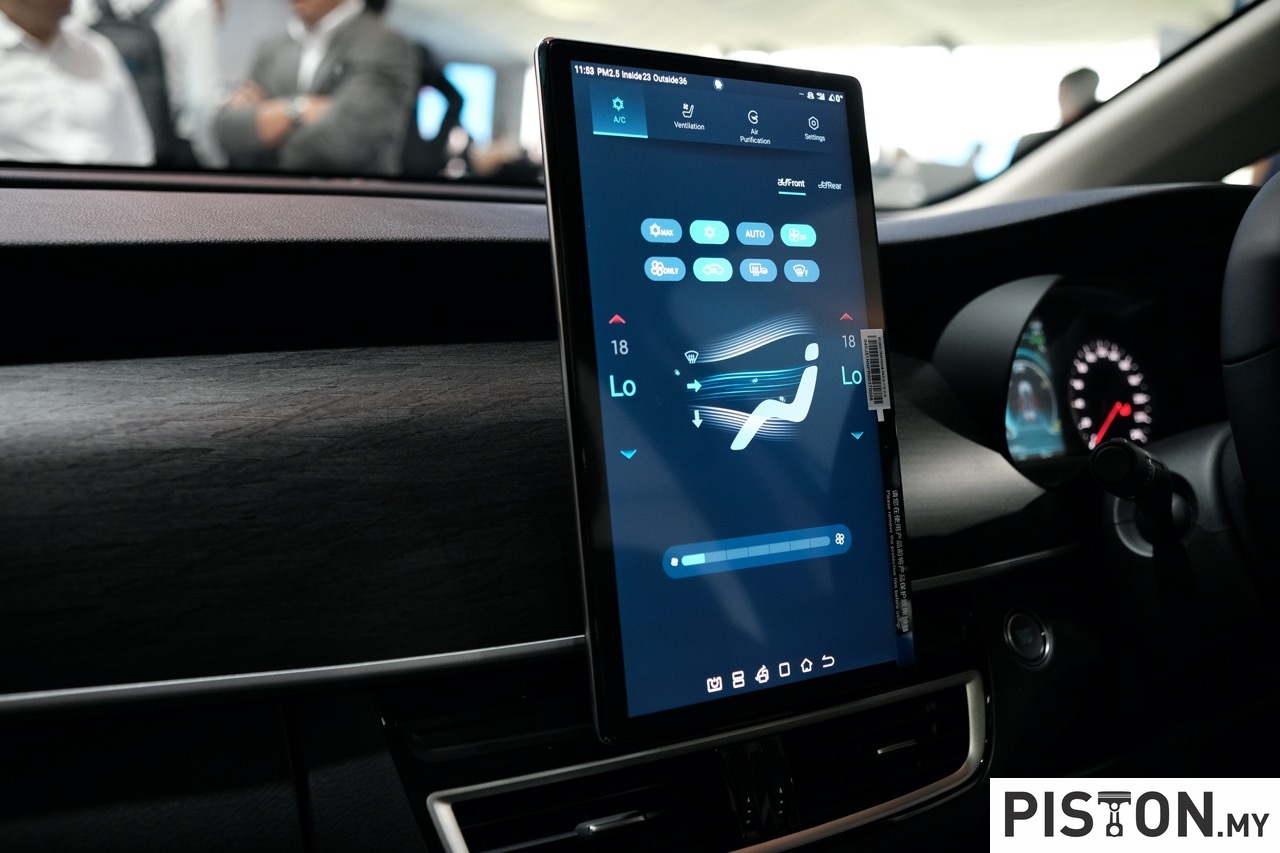Just 75 days after the last race of the 2019 season, the Mercedes-AMG Petronas F1 Team has put its all-new racing car through its first laps. The Mercedes-AMG F1 W11 EQ Performance, as the 2020 car is officially known, was driven at Silverstone by both Lewis Hamilton and Valtteri Bottas. Both drivers were eager to get back into the car after their winter break, which included intensive training to prepare for the upcoming season.
The ’EQ Performance’ in the name links the F1 car to the brand’s future Mercedes-AMG performance hybrid models. It showcases how F1 technology is pioneering the future of motor racing and automotive technology in general. ‘W11’ represents the fact that this is the eleventh Mercedes-made Formula 1 car since the 3-pointed star returned to F1 as a works team in 2010.
Stable regulations for the new season
Though ‘all-new’ is mentioned, the W11 EQ Performance is essentially an evolution of last year’s car that won Mercedes-Benz its historic sixth consecutive double championship. The team has looked at a myriad of areas to improve the car and has changed the vast majority of the over 10,000 parts of the car to extract more performance. It is expected to become the fastest Mercedes-Benz racing car ever built.
In addition to many detail changes and smaller improvements, the team has introduced three larger changes – one at the front, one at the middle and one at the back of the car. At the front, there is more structural complexity around the uprights and wheel rims in order to provide a higher performance assembly overall. In the middle of the car, the upper side impact tube has been repositioned to the lower position and banking the aerodynamic gain that comes with this layout. At the rear is an ‘adventurous’ suspension layout in order to free up aerodynamic development opportunity.
An all-new Power Unit
Similar to the development on the chassis side, the all-new Power Unit (PU) is an evolution as the regulations stayed largely the same. However, while the chassis regulations go into their second year of relative stability, the technical regulations around the Power Unit have not had any major changes since the introduction of the current generation of 1.6-litre V6 hybrid engines in 2014, making performance boosts increasingly difficult.
In the 6 years since its introduction, the Mercedes-AMG PU has made significant progress not just in terms of power output and reliability, but also in terms of its efficiency. From 2014 to today, the thermal efficiency has improved from about 44% to over 50%. Thermal efficiency describes an engine’s ability to convert fuel energy into useful work. Achieving more than 50% means that that more than half of the energy in the fuel can be used to propel the car. A typical road car engine would usually reach about 30% of thermal efficiency.
Last year’s car struggled in hot ambient temperatures and the engineers have worked to improve the cooling package for the W11. In addition to larger radiators in the car, the team has focused on making the cooling more efficient. All the cooling fluids on the PU operate at a higher temperature, which increases the temperature difference between that coolant fluid and the ambient temperature that the car is racing in. This increases the effectiveness of the cooling system but there is a downside: large parts of the engine are made from aluminium and the operating temperatures mean the material properties decay quite rapidly. Managing that over an 8-race distance PU cycle is thus a tough engineering challenge.
10th anniversary for the works team
2020 is a special year for the Mercedes-AMG Petronas F1 Team as the outfit celebrates its 10th anniversary as a modern-day Mercedes works team in Formula 1. Since March 2010, when the new Mercedes F1 team competed in its first race, it has started in 198 Formula 1 Grands Prix, taken 93 victories, 194 podium places and 48 one-two wins.
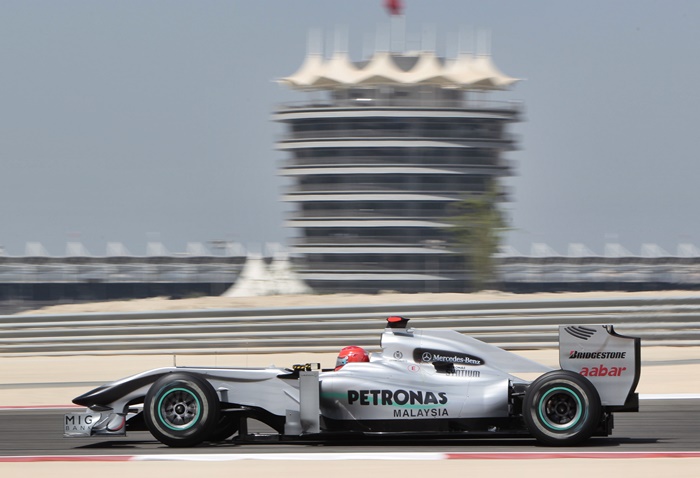
“It’s fantastic that the team is able to celebrate its ten-year anniversary,” said Toto Wolff. “We made our first come-back to F1 over 25 years ago as an engine supplier and then we went all in 10 years ago. It shows our long-term commitment – with our own works team and as a Power Unit supplier to valuable customers. We have been a part of Formula One with changing technical regulations, with changes in the Daimler top management, but our commitment to the sport hasn’t changed. It’s great that we get to celebrate our tenth anniversary with the Mercedes works team as one further milestone of this commitment.”
Massive change in regulations in 2021
Looking ahead, he said that the team must prepare for the massive changes that will be introduced in F1 in the following year. 2021 will see the biggest change to the technical regulations in the history of Formula 1 which will require virtually every part of the car to be designed and developed from scratch. In addition to the technical complexity of the regulation change, the new financial regulations mean that teams will have to re-organise the way they tackle these changes.
“2020 is an evolution of the current regulations and the gains will be smaller, so you need more time and effort to keep improving your car,” said Wolff. “On the other hand, the 2021 regulations are so very different that you need a lot of time to prepare for them. Every month you start later than your competitors will make it more difficult to catch up. You also have the effect of the cost cap which means that you will have fewer resources available to throw at things in 2021.”
2020 F1 Chinese Grand Prix cancelled due to COVID-19 situation

